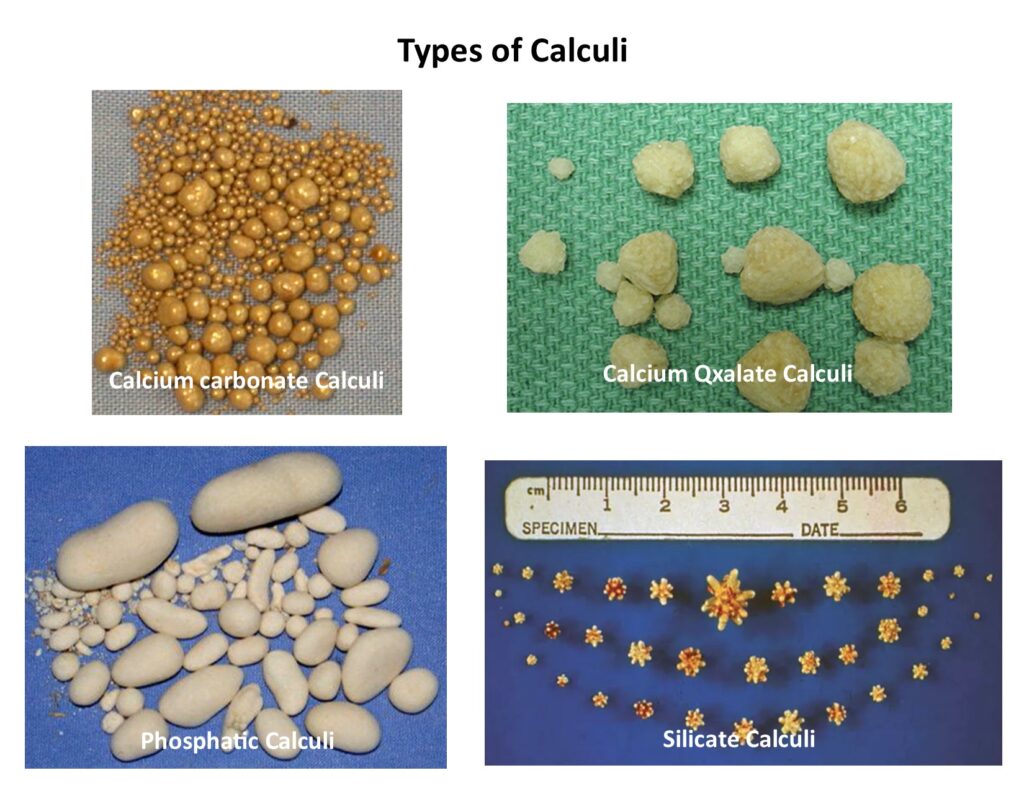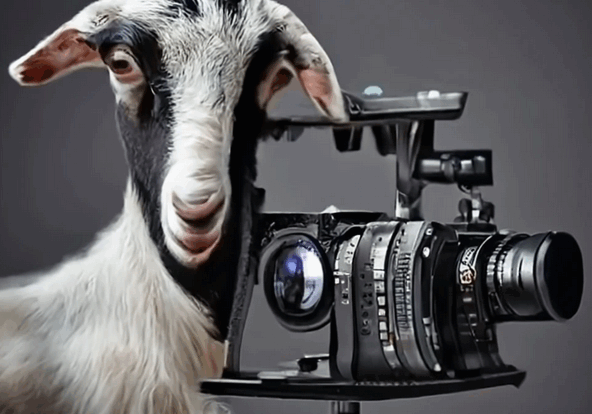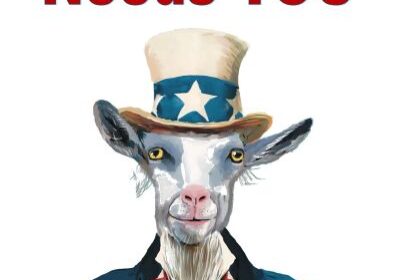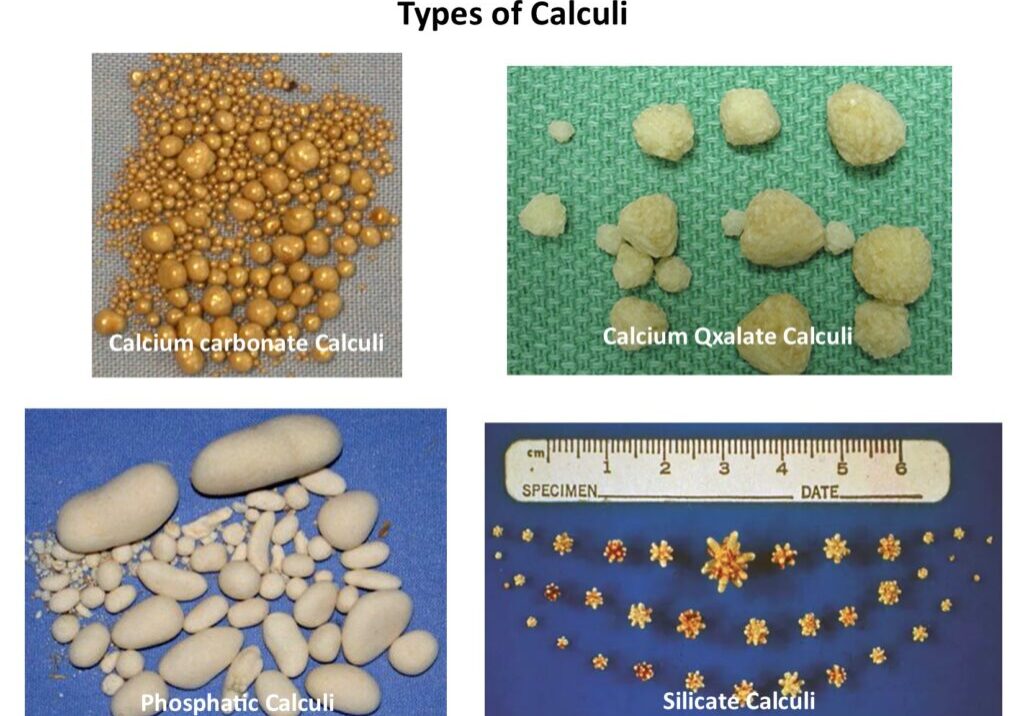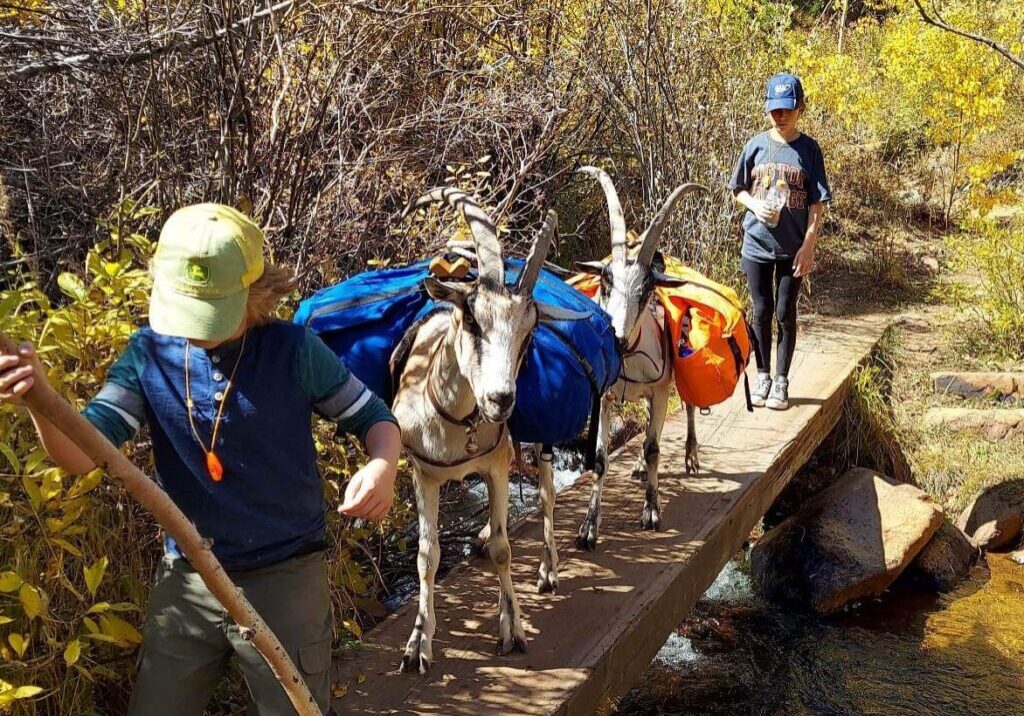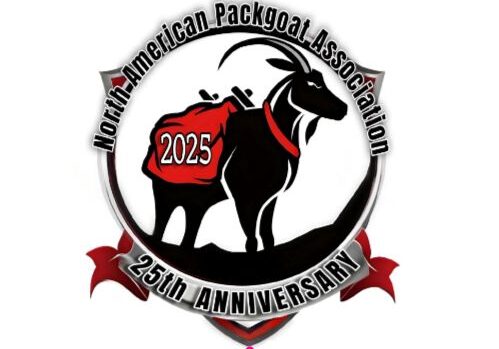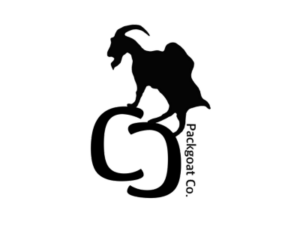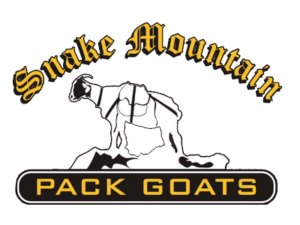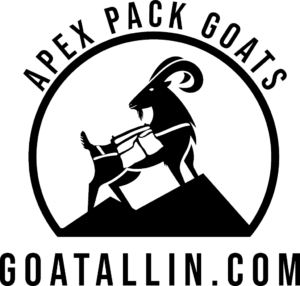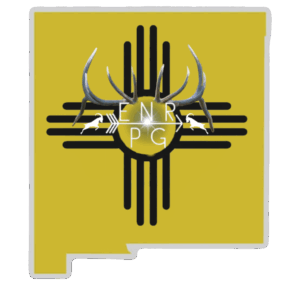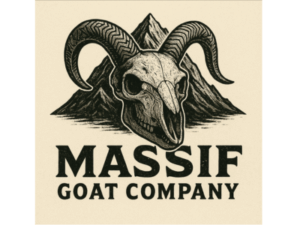NAPgA UC Research Study Update
Phase 1 of the NAPgA Citizen Science Epidemiological Research Study of Urinary Calculi in Wethered Goats is nearing completion.
Phase 2 of the UC study will begin June 1, 2025. All NAPgA members will have the opportunity to join Phase 2.
Whether you are interested in participating in the study or not, we are asking that every NAPgA member please take a few minutes to complete this important initial survey by June 8, 2025. If you are interested in participating in the study, be sure to answer “yes” to that question.
As many of you know, urinary calculi (stones) is an all too frequently occurring condition that strikes our packgoats and often results in the death of one of our beloved wethers. We have collected a huge amount of data from 69 NAPgA members (and their 422 enrolled wethers) who participated in this study. The data will be given to a UC Davis statistician who will analyze the data to identify patterns and trends and compile a report. Once we receive the report from the statistician and the data has been reviewed we will submit the report to a medical journal.
A few of the things we have learned over the past 3 years:
• UC can affect wethers at any age
• All but one of the stones submitted have been calcium carbonate stones.
• Forage samples show there can be a huge difference in the protein and calcium to phosphorus ratio (Ca:P).You don’t know what you are feeding unless the feed is tested.
• Some minerals do not meet the Ca:P ratio of 1:1 – 3:1.
• Water intake is essential. By keeping dissolved solids (minerals) in their urine from binding with each other to form calculi and it also helps to flush the dissolved solids and potentially smaller stones out before they grow too large to be passed through the urethra and be expelled from the body when they urinate.
• Offering warm water during cold months may encourage wethers to drink more.
• We have noticed the number of urinary calculi cases increases when there are significant changes in weather and temperature. This seems to happen when daytime temperatures are not as high as they are during the dog days of summer and nighttime temperatures are much cooler. During these times, goats will start drinking less water because they have become accustomed to much higher summer temperatures.
Co-Investigator, Meera Heller, DVM, PhD, DACVIM, Associate Professor of Clinical Livestock Medicine at the Department of Medicine and Epidemiology in the School of Veterinary Medicine at the University of California Davis and Margaret (“Maggie”) Highland, DVM, Ph.D., Dipl. ACVP Section Head – Pathology Sciences and Professional Veterinary Services Wisconsin Veterinary Diagnostic Laboratory will continue to offer professional help in Phase 2. Dr. Highland will use data and urinary tracts from goats that happen to die for any reason during this study to research the effects of age, method of castration on urethral diameter and scarring in wethered goats. The NAPgA UC Committee will coordinate and record all data collected prior to submitting it to Dr. Heller and Dr. Highland.
All information collected is strictly confidential. You will be assigned a Farm ID number which will be used to designate the information source. The veterinarians and the UC Committee members are required to follow the Code of Conduct created for this study. We assure you that we have no intention of causing any harm whatsoever to any goats enrolled in this study.
The requirements to become a participant in this study are:
• You must be a current NAPgA member. Not a member but you’d like to participate in the study? Join here.
• Be willing to complete two initial information forms at the beginning of the study. (online links provided)
• Be willing to submit one forage sample every 6 months for a total of 6.(We supply everything needed and a prepaid envelope for submission)
• Be willing to submit a water sample at the beginning of the study. No further water samples are required unless your water source changes. (We supply a prepaid water sample collection kit)
• Be willing to submit hair follicles for DNA banking. (We will provide directions for collection and the envelope for submission)
• Be willing to submit the urinary tract from any goats who die or are euthanized for any reason whether they are exhibiting UC symptoms or not. (We will provide instructions on collecting the urinary tract, free shipping label and cover up to $300 for euthanasia and collection of the tract)
• Be willing to complete a Goat Health Occurrence form if there are any changes in a goat’s health (i.e.: illness, injury)
We have every expectation that this study and the data collected with result in additional “springboard” research project opportunities to further investigate common contributing factors identified from this study. Additional details about the study and the estimated budgetary requirements can be found here.
Again, whether you are interested in participating in the study or not, we are asking that every NAPgA member please take a few minutes to complete this important initial survey by June 8, 2025. If you are interested in participating in the study, be sure to answer “yes” to that question.
